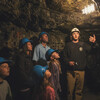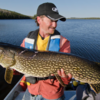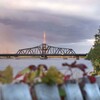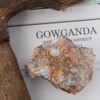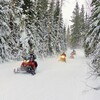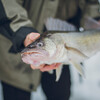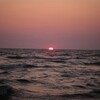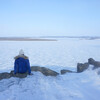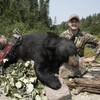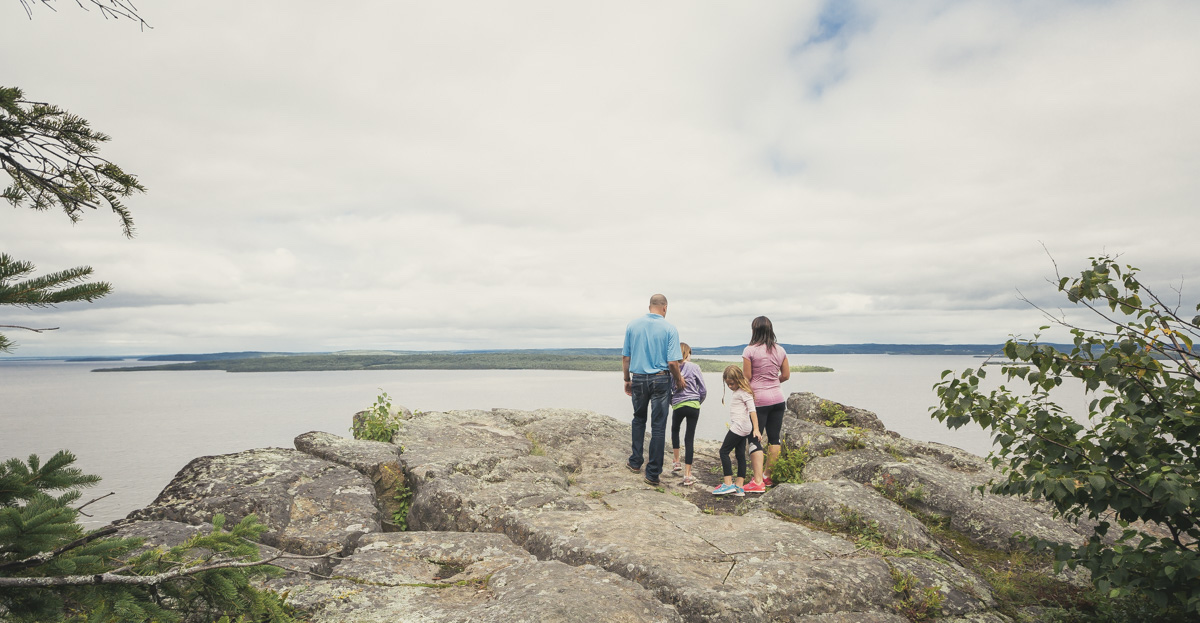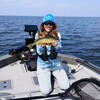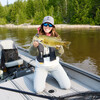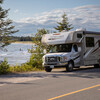
What Makes Fall So Colourful?
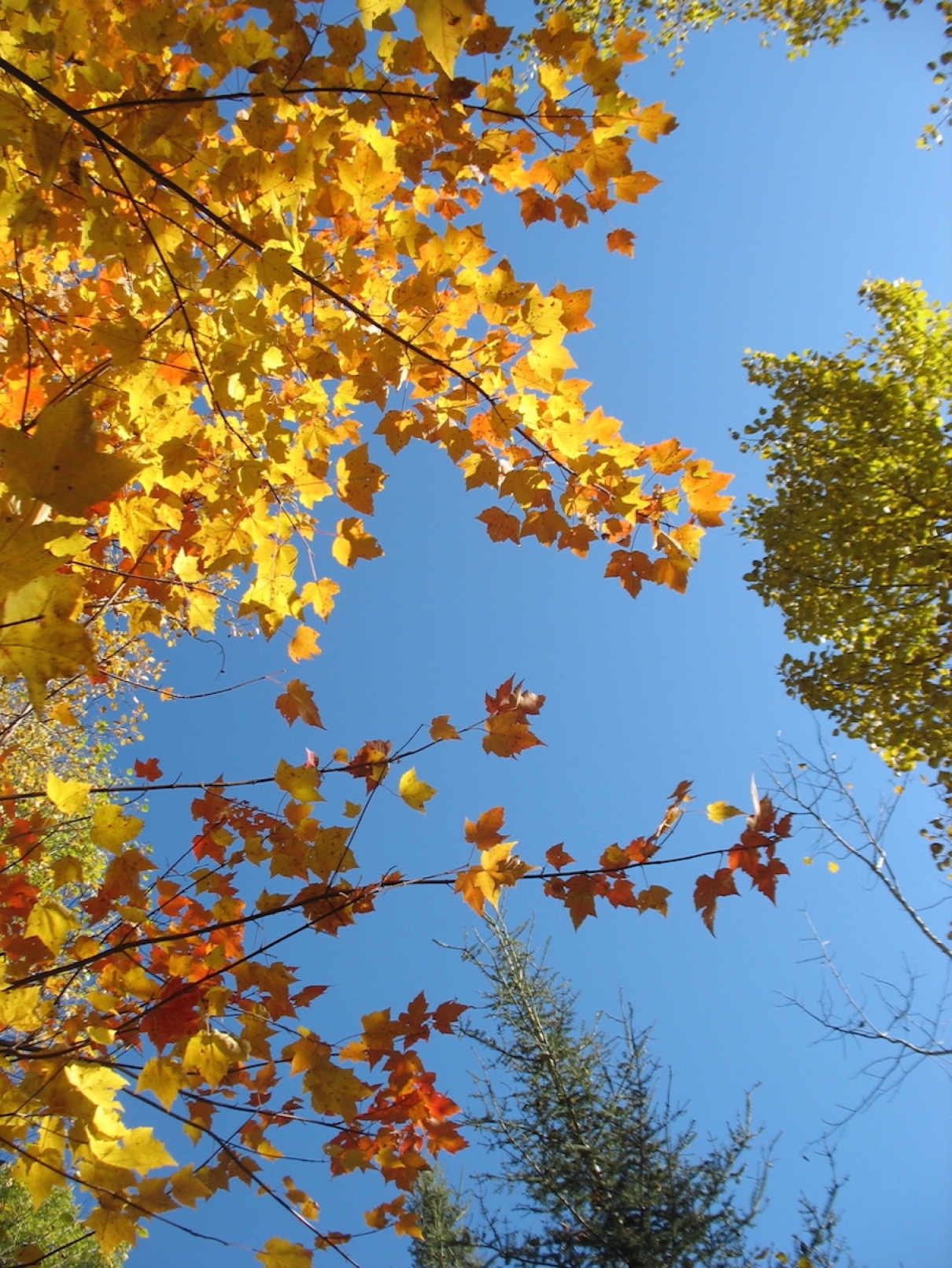
Deep in the forests little lines of red, yellow, and purple flames are kindling a fire of colour that sets ablaze the Northeastern Ontario countryside. Hearing the leaves fall with the wind and rustling the fallen ones while shuffling your feet is way better than TV, live streaming, and all those digital photo-sharing apps put together.
It is a BIG spectacle for all to admire and one of the reasons why Northerners look forward to the changing of the seasons. And contrary to popular belief, it is not Jack Frost and his paintbrush that are responsible for the colour change. We need to go back to school.
Back to School
While you were playing in the hot sun during summer, the trees were working hard to keep you cool. To feed the shiny green leaves that make shade, trees use sunlight to convert water and carbon dioxide into sugar. This is called photosynthesis. There are a good many syllables in the word and we learned about the process in science class some time ago.
The teachers told us that leaf colour comes from pigments. Pigments are natural substances produced by plant cells. The three pigments that colour leaves are: chlorophyll (green), carotenoid (yellow, orange, and brown), and anthocyanin (red). Chlorophyll is the most important of the three. Without the chlorophyll in leaves, trees wouldn't be able to use sunlight to produce food.
Carotenoids create bright yellows and oranges in familiar fruits and vegetables. Corn, carrots, and bananas are just a few of the many plants coloured by carotenoid. Anthocyanins add the red to plants, including cranberries, red apples, cherries, strawberries, and others. Chlorophyll and carotenoid are in leaf cells all the time during the growing season. But the chlorophyll covers the carotenoid – that's why summer leaves are green, not yellow or orange. Trees respond to the decreasing amount of sunlight by producing less and less chlorophyll. Eventually, a tree stops producing chlorophyll. When that happens, the carotenoid already in the leaves can finally show through. That is all you will need to know for the test.
There’s More, Eh!
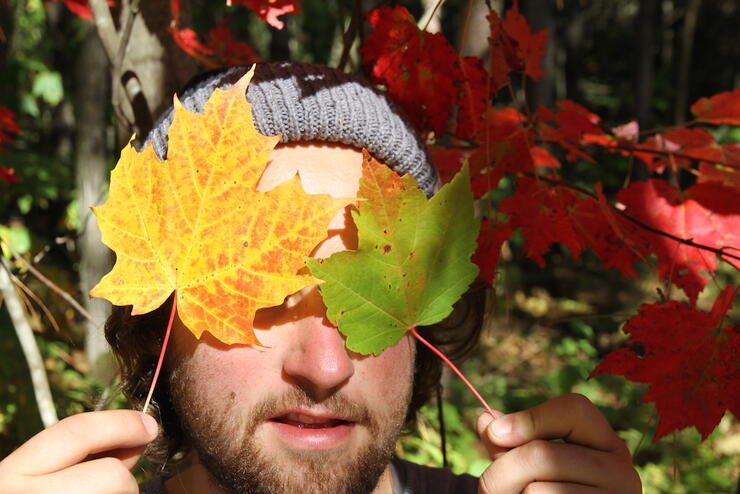
Broad leaf or deciduous trees such as beech, birch, and maple have been growing since the spring but are now beginning to slow down before they reach a dormant stage during the winter. There are many factors as to why we don’t see those dramatic changes until the colours are upon us.
Guylaine Thauvette is a Registered Professional Forester, at the North Bay District office of the Ministry of Natural Resources and Forestry, and was contacted to ensure that our studying is in order.
“If we give trees human characteristics, we can say that individual trees assess their food production rate, and decide when it’s best to start shutting down for the winter,” said Ms. Thauvette. “Leaves have the brightest colours when the days are bright and cool, and night temperatures are just above freezing. Vivid colours are also the result of specific recipes of red, yellow, and orange pigments. Different tree species have different leaf colours and change colours at different times. The colour and timing is also different between trees of the same species growing side by side.”
There is more to learn, she said, “One of the factors that affects the red colour is the sugar content in the leaves, which is higher in maples. The sugar content varies from tree to tree and leaf to leaf. The red pigment itself is not bright. It’s the mixture of the red with the yellow and orange that produces the bright reds, deep oranges, and pink-reds. Oak and cherry can also have bright foliage, and these have lower sugar content. Oak, cherry, and maples can also have deep purple leaves. These result from the mixture of brown pigments with the other colours.”
“If you see one red tree in a forest of green, pay attention to it. That same tree will likely be the first to turn red every year. It’s just the way it is,” she said. Based on her observations, both sugar/hard maple and red/soft maple develop deep reds. “I don’t believe that one is more brilliant than the other. Sugar maple, in general, grows larger crowns than red maple and this is what makes hard maple so attractive.”
What about the bonus question. “Wait a minute . . . Teacher, is this a red maple or a sugar maple (where we get the real maple syrup)?” As Canadians, we should know our maple leaves, right? After all, it’s on our flag (our 1965 Canadian flag, stylized). But do we know the differences between a sugar maple leaf and a red maple leaf? The leaf margins tell the main story: sugar maples have smooth edges while red maples are toothed or serrated edges. The three lobes of a sugar maple’s leaf are separated by smooth, U-shaped valleys – think “U” as in “sUgar.” The red maple’s lobes, meanwhile, are separated by serrated, V-shaped valleys. Overall, this makes the sugar maple’s leaves broader and more rounded than the narrower, pointier leaves of the red.
Where to Go to See Fall Colours in Northeastern Ontario
Northeastern Ontario is a BIG place. Where should you go to see a breathtaking symphony of reds, yellows, and oranges?
Just look north of the North Bay escarpment heading up Highway 11. That might be good enough, but go for a ride on the back roads and get out of the car. The Duchesnay Creek/Canadore College trails accessed from either end, and the escarpment trails start from the North Bay Mattawa Conservation Authority’s office (there are maps in a drop box) adjacent to the ski hill and the Laurier Woods.
Towards Mattawa, is the Eau Claire Gorge Conservation Area. A drive north on Highway 11 leads you to the Sand Dam Road (past the municipal landfill); drive all the way to Highway 63; it is a good drive of 30 km of wilderness and colour on the Olrig Rd., just past the fish culture station. If you haven’t had enough, drive northeast on Highway 63 just a few kilometres to the McConnell Lake Rd.– you can reach McLaren’s Bay on the Ottawa River. Alternatively, there is Highway 533 back to Mattawa.
To the west on Highway 17, walk the boardwalk at the Sturgeon River House Museum, just west of Sturgeon Falls; check out the neat audio/visual of their trails on the website and be sure to check out the cranberry bog.
Often overlooked, to the south, is the Powassan Mountain Conservation Area that borders on Eastholme's interpretive “The Pines” trail, which ends with a spectacular vista of the region.
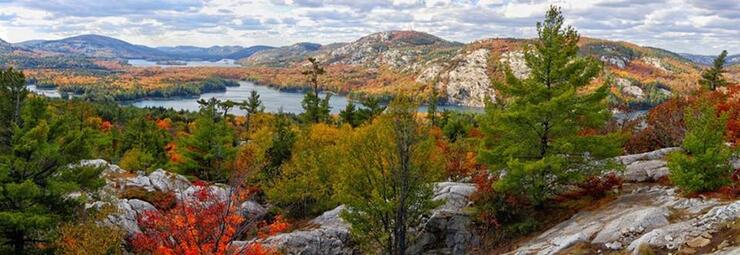
One of the best, with a little effort, is within two hours of North Bay. You will view one of the most striking contrasts of colour with a backdrop of very white rock. Drive 32 km south of Sudbury on Highway 69 and then west on #637 for 50 km. The access road is not far past the roadside picnic area and just inside the Killarney Provincial Park boundary sign. Walk north on the well-marked "crack" trail (just shy of 4 km, one way) into the La Cloche range. The first part of the trail is an old logging road and is flat; then you climb up and onto the exposed quartzite. You will come to the “crack.” Scramble up, and at the top, you will have one of the finest views in Ontario, including many lakes below, rock-knob hilltops, with Georgian Bay in the distance.
Looking for yellow and browns, find the new High Falls trail near Timmins. Near Temiskaming Shores (New Liskeard) is the Triangle Trail with an expansive view of the Little Clay Belt. Fall is a magical time in Northeastern Ontario. Be sure to follow the colour change by checking Ontario Travel's Fall Colour Report by clicking here.
It’s only for a few short weeks that our Northeastern Ontario hillsides and valleys are alive with colour. The majesty of red, orange, yellow, and purple should be understood and appreciated for their splendour. It is a free show produced by nature to colour our world with its sights, sounds, feelings, and emotions.
Recommended Articles
The Seven's Best Hikes, Biking Trails and Lakes

7 Best Spots to Check Out in The Seven

Budget Bliss: Explore Northeastern Ontario Without Breaking the Bank

Bring Your Fam!

Time to Unwind: 6 Spa Havens to Discover In The Seven
5 Amazing Places to SUP in Northeastern Ontario

5 Amazing Bike Rides to Discover

Northern Lights in Northeastern Ontario

Northeastern Ontario's Best Pride Festivals

Fish for one of the World's Rarest Species of Trout

An Insider's Guide to Manitoulin Island

6 Small-Town Gems to Explore in Northeastern Ontario

11 Best Things to Do in Kapuskasing, Ontario


